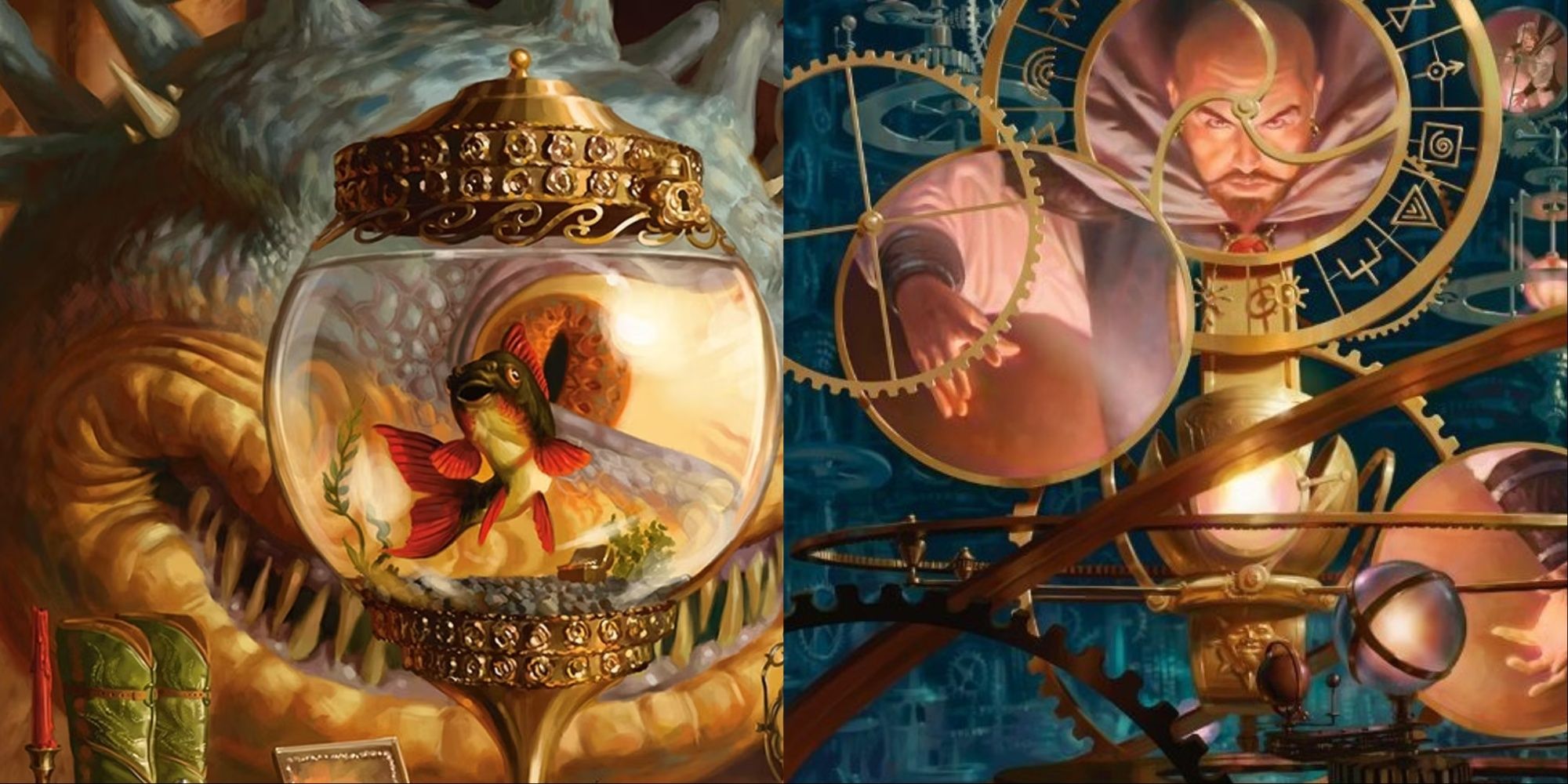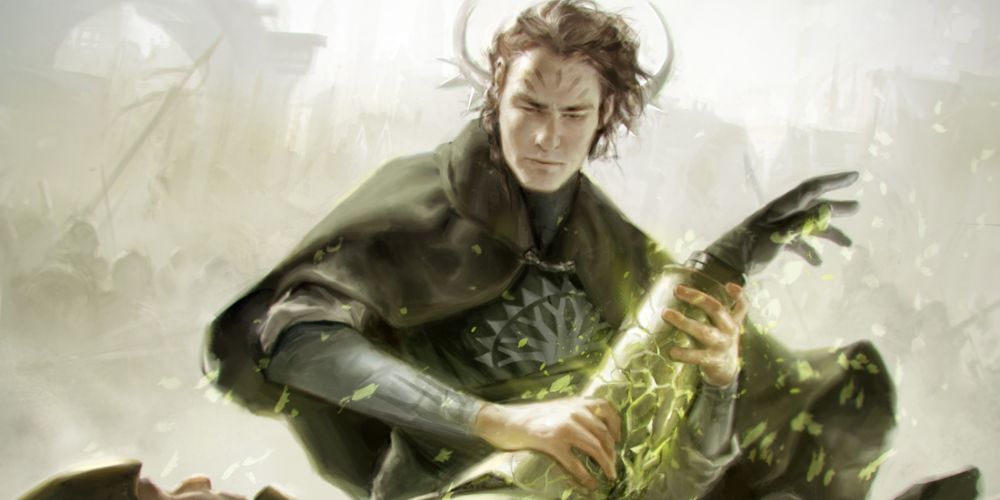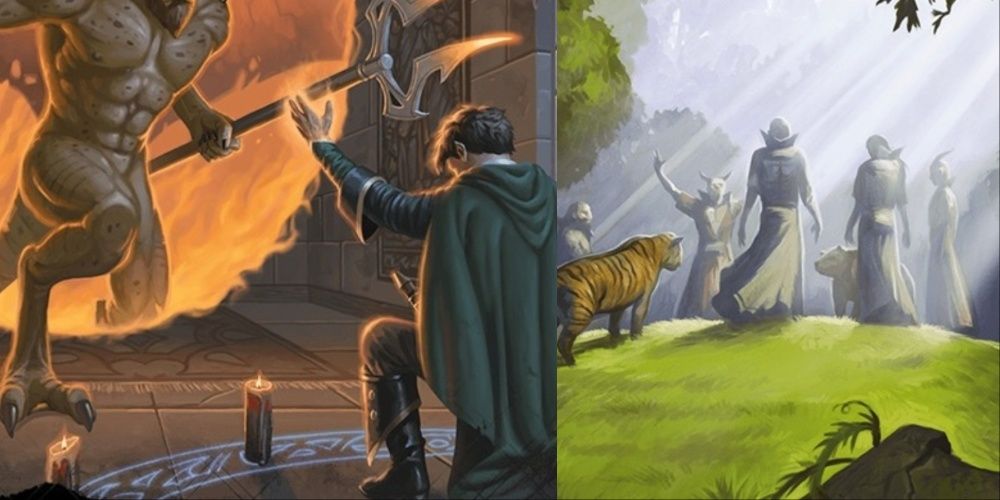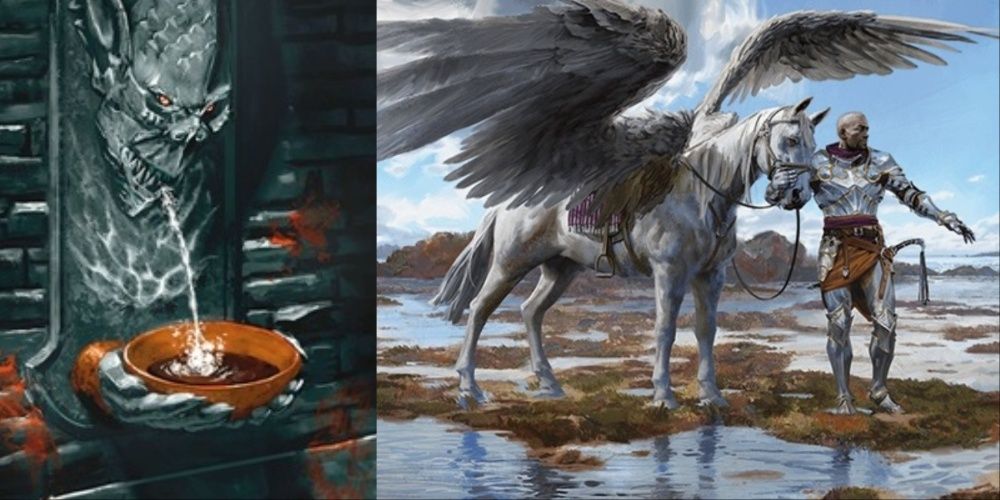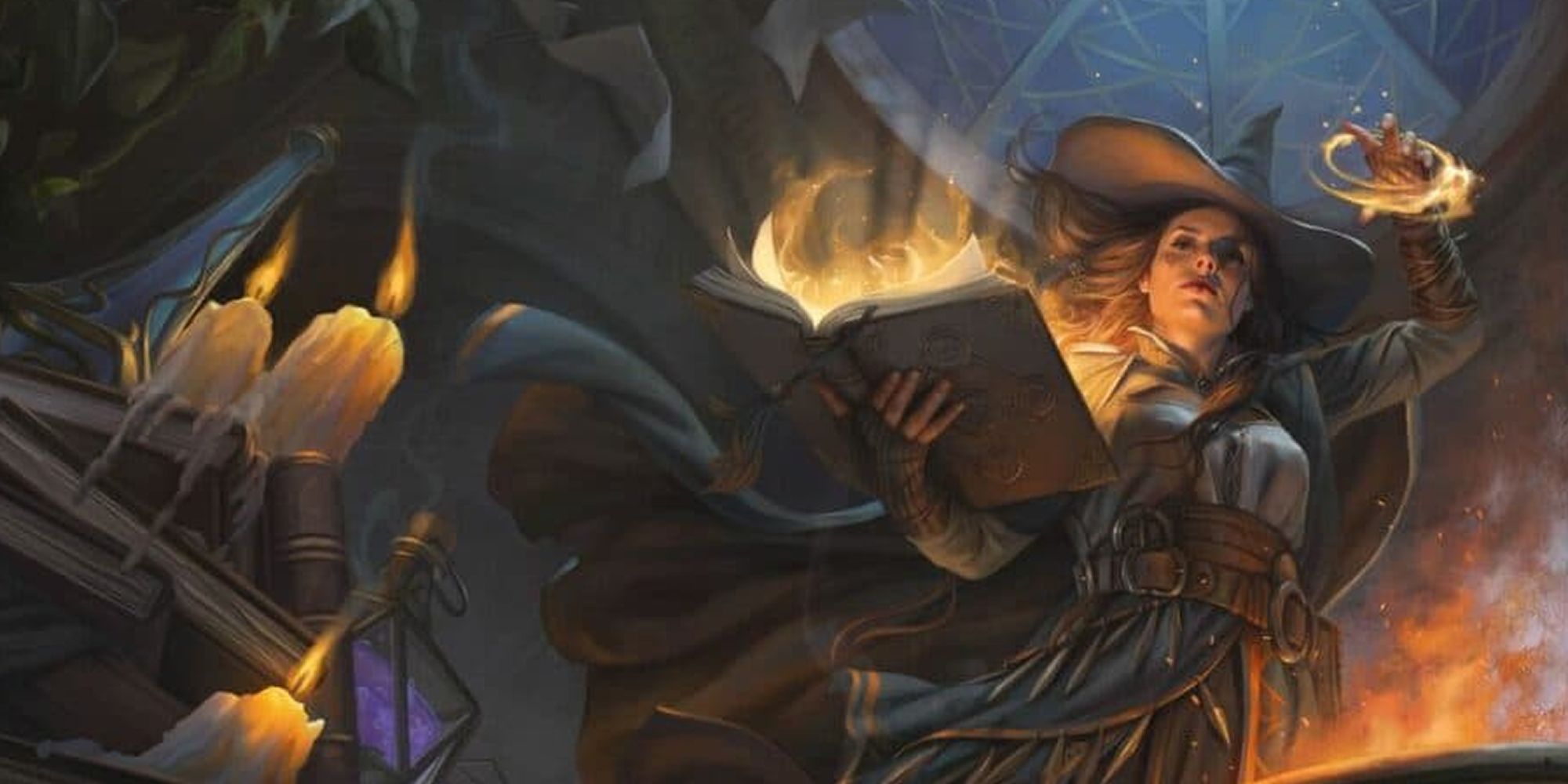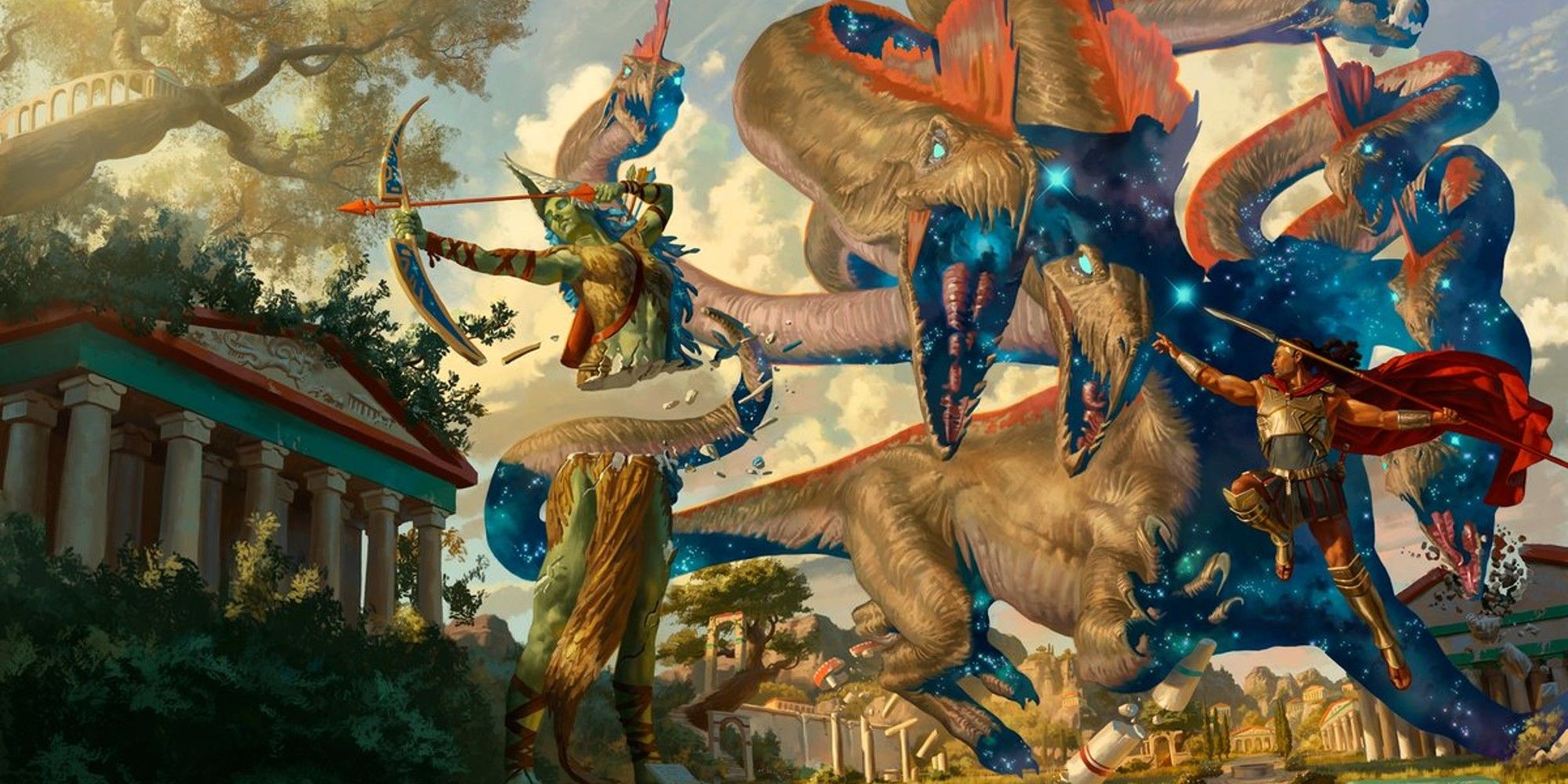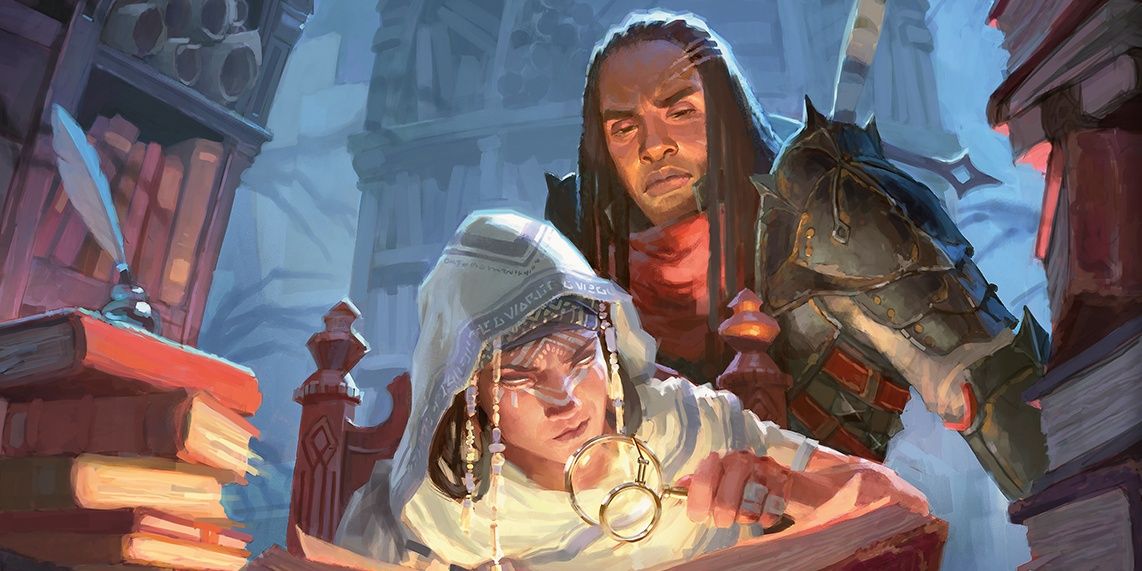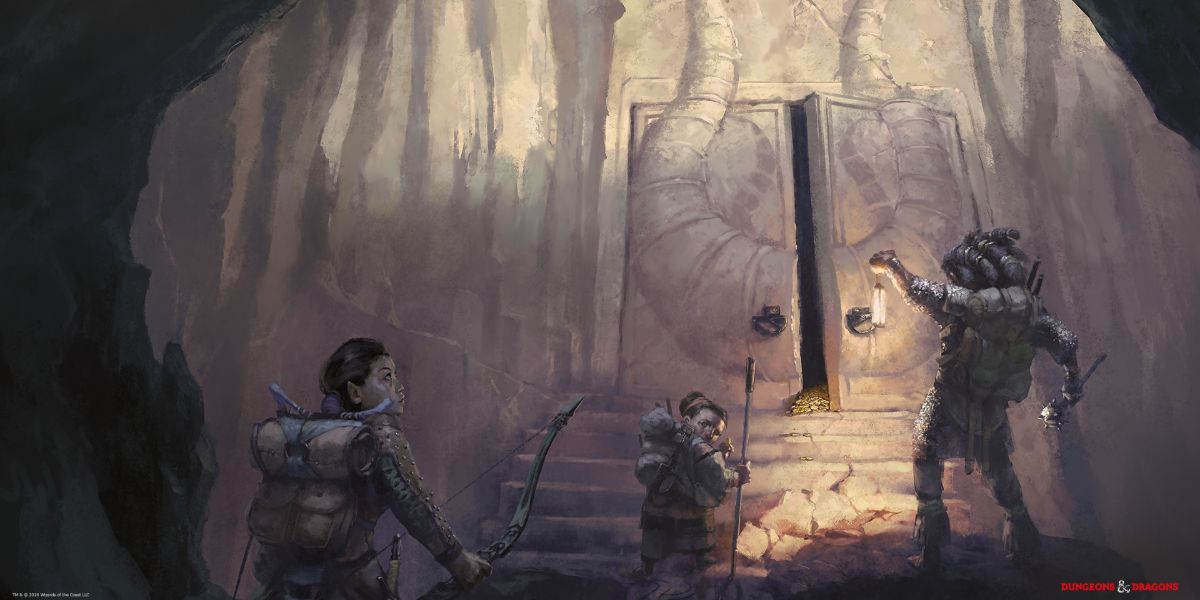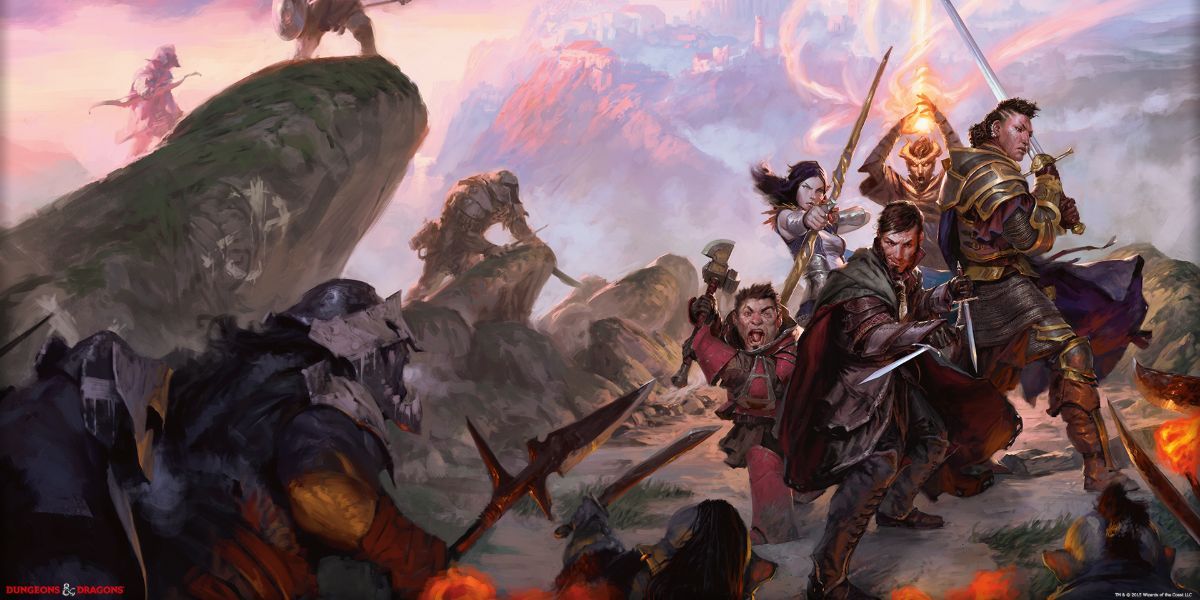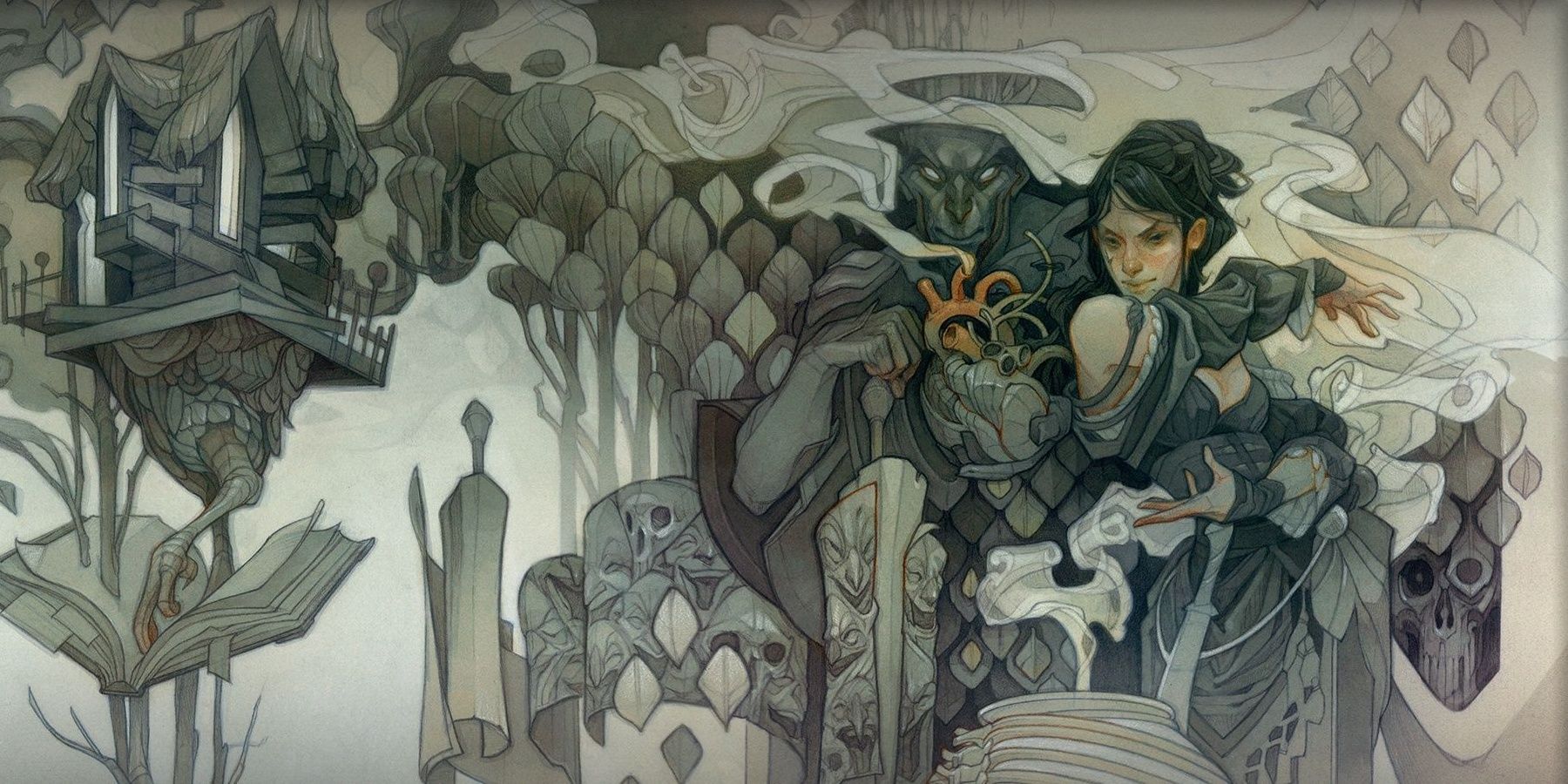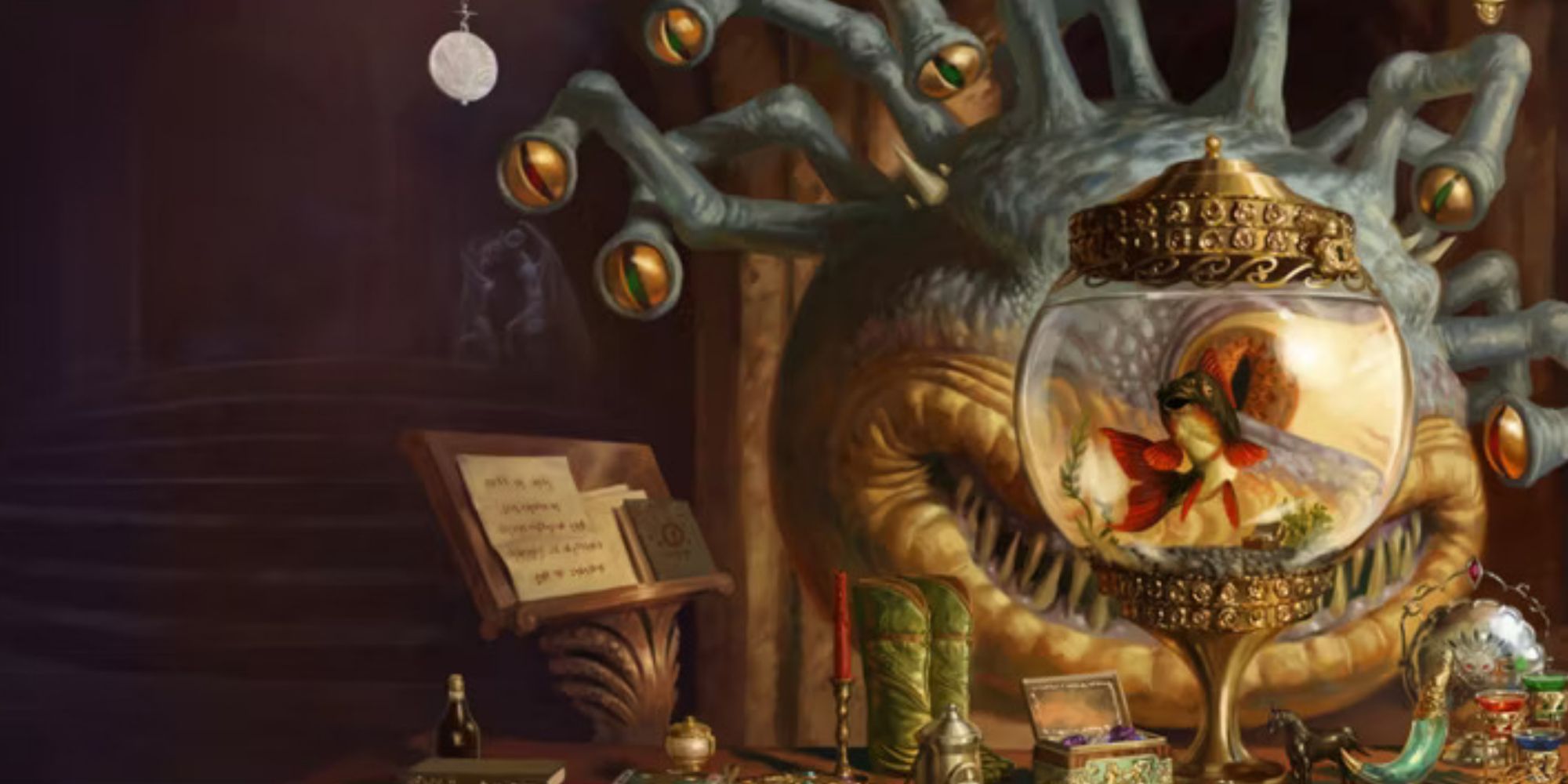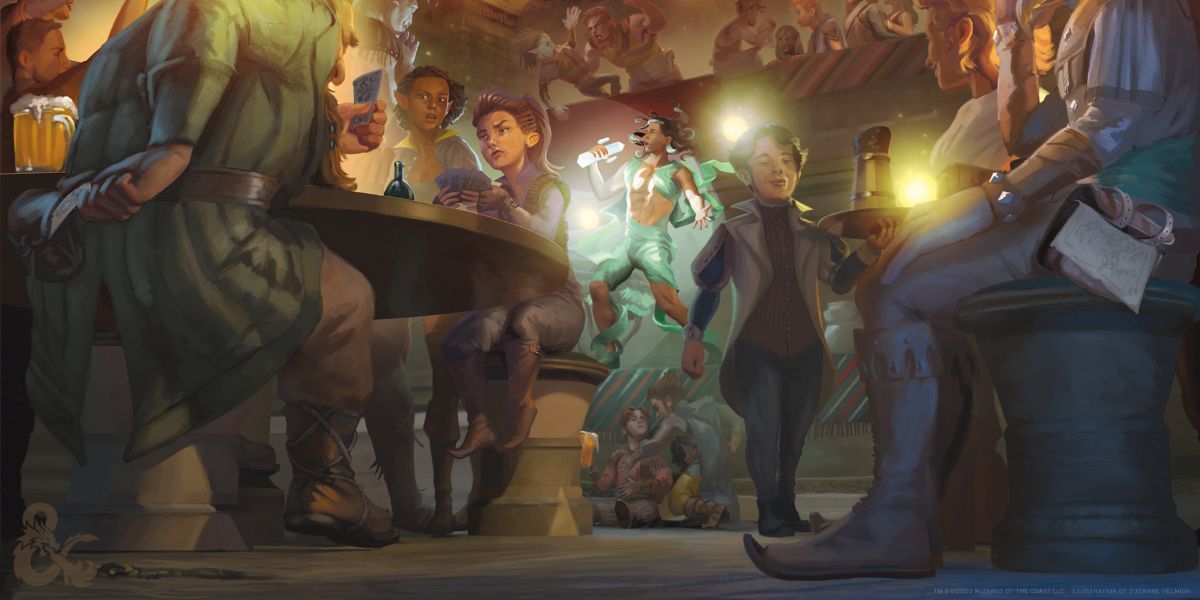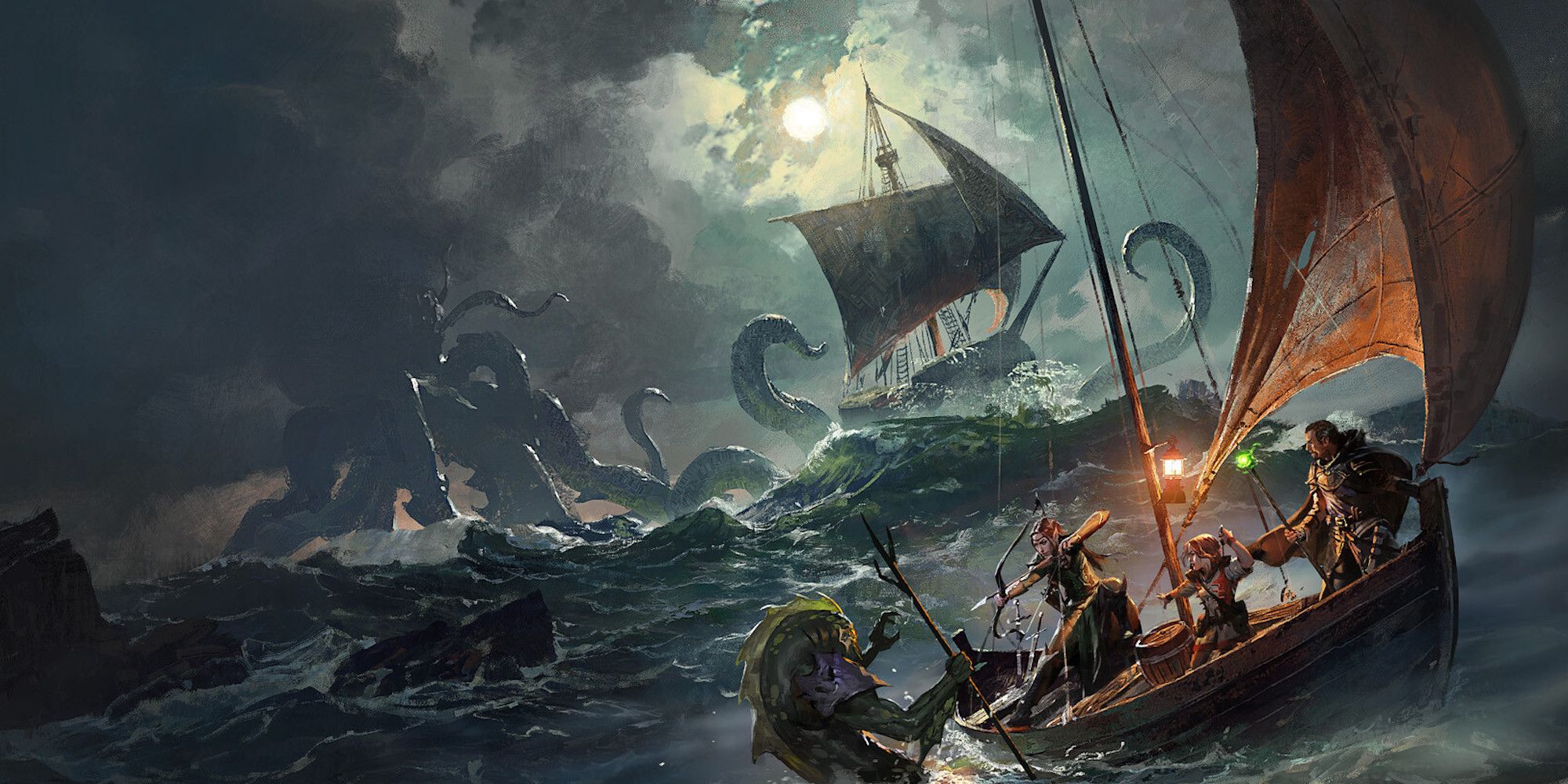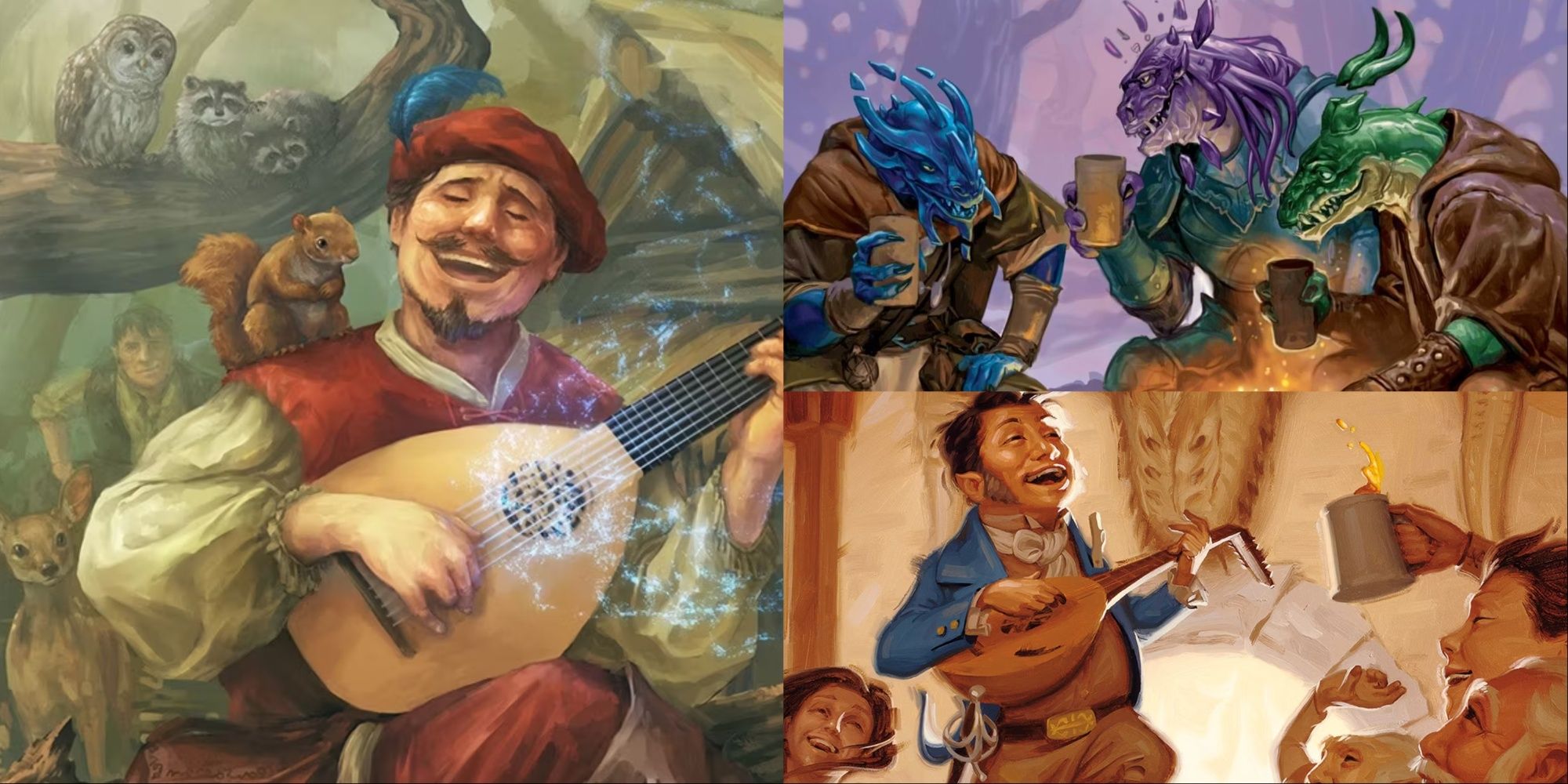Dungeons & Dragons is a beloved tabletop RPG that is played by millions of people around the world. The game provides players with plenty of options to build and customize a character of their liking to go on adventures and explore dungeons with their friends.

Dungeons & Dragons: 5 Tips To Homebrew A New Species
If you want to homebrew your own species in D&D, here's how you can do so.Fortunately, the game's system lets you pick out a selection of starting gear, and the game world is sure to contain traveling merchants and shops to pick up materials for your travels. Here's a selection of items that D&D parties should absolutely bring with them, wherever their adventure takes them.
Updated on October 10, 2023, by Rosa Baumgartl: Every adventuring party is different, as well as every adventure. But there are some things which you'd be silly to leave without. As Wizards of the Coast add more source books, content, and premade adventures, we the community receive more handy items. We've added a few more that we think will help any group out in a pinch.
13 Healer's Kit
Every party should have a healer, whether they're a Cleric, Paladin, or particularly considerate Bard. But sometimes battles don't go the way you expect, and the healer might be stuck on the other side of the battlefield, out of Healing Word, or worse, the one who's unconscious.
When a player goes down to zero hitpoints, they start making death saving throws. Three fails and they're out, kicked the bucket, popped their clogs, and only a Resurrection spell or bigger can bring them back. However, if you're a good adventurer, you'll have a Healer's Kit, which stops the player from having to make death saving throws, and stabilizes them until a potion can be spilled down their neck. It has ten uses and doesn't require proficiency or a check to administer.
12 Chalk
For some classes, Chalk is a vital component for spells and rituals. That kind of chalk is a bit more expensive, and usually needs a special shop to procure it. Regular old chalk sticks are standard adventuring gear though, and useful in a pinch.
Adventures can lead to dark, twisty, unknown places, and having a clear marker directing the way back out could save a lot of hassle. Draw a line with chalk behind the party, or mark an entrance that's particularly interesting or dangerous to remember for later. If the party gets split (never split the party!) chalk can leave behind a note to the others on which way you went. You could even grind it up to improve your grip while climbing, and see if the GM gives you advantage on the check.
11 Vials
So you've defeated a dragon, or a hydra, or even a unicorn if you're one of those parties, and it's bleeding everywhere. Pop open a vial and you've got yourself a super rare liquid component for spells later, or to be sold to a questionable mage you met in a shady part of town.
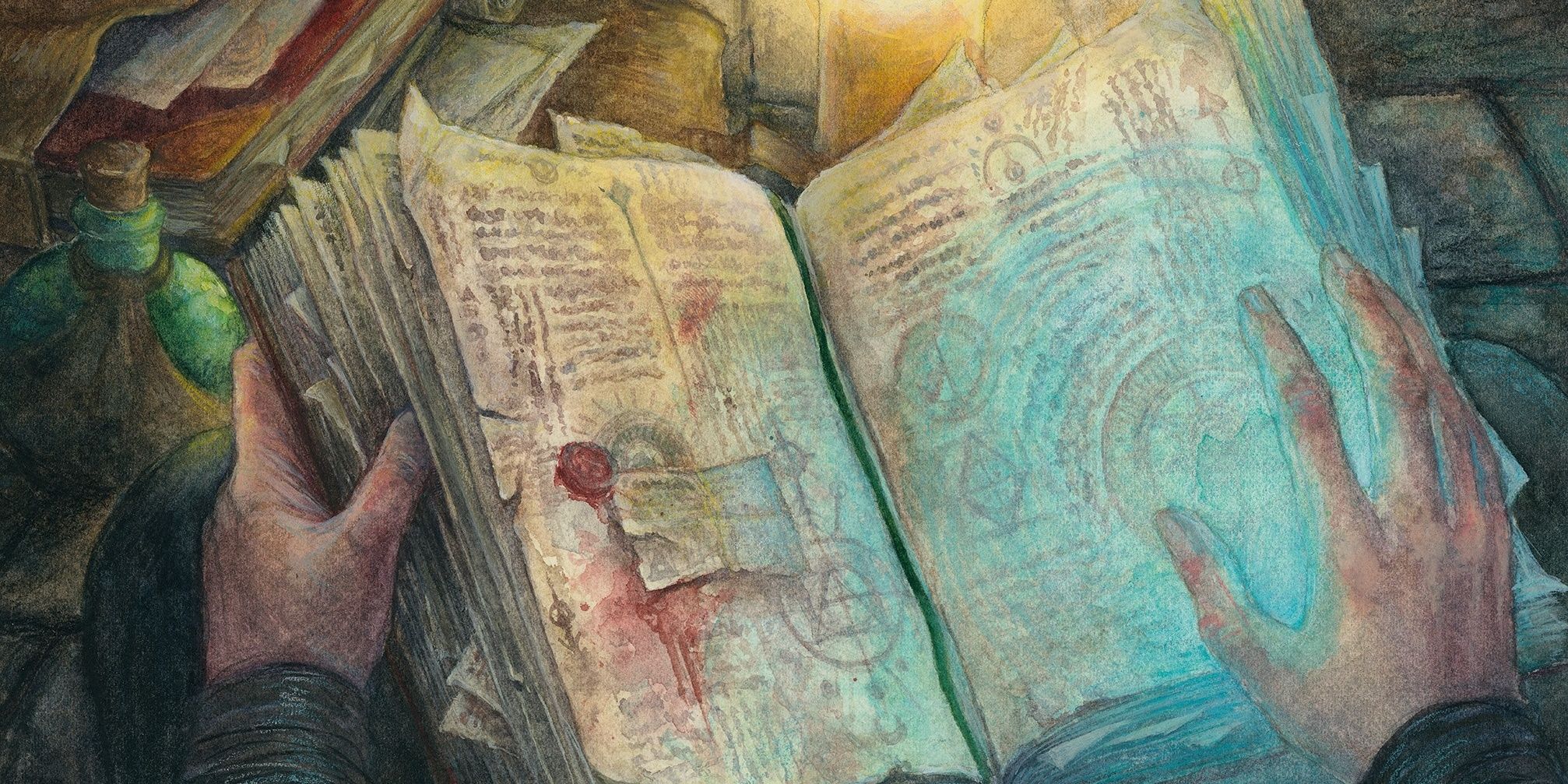
Dungeons & Dragons: 9 Things To Do During Session Zero
Here are some great ideas for you to cover in session zero of your D&D campaign.Perhaps the beast you've been fighting exudes toxins. Why not collect some of its saliva to use on arrowheads and daggers, or to craft an antivenom for the next time you come across something similar? Small vials are handy for carrying strange liquids out of dangerous places to further examine later, or make a few coins on the black market if you ever get back to the city.
10 Oil
Oil's power comes from its versatility. It can be bought in a small flask made of clay, which adds to the many ways players can use it. It can be thrown onto creatures, increasing the amount of fire damage that can be done to them.
However, when you start getting creative with oil, there are plenty of other things to be done with it. Players can coat weapons in oil and light them on fire, dealing fire damage. Oil can also be used to light fires in dark places with torches or fireplaces.
9 Rope And A Grappling Hook
Rope is incredibly versatile. it can be used to hold something down or to climb up into a building or out of a cave. Rope is also flammable, in case some creative players consider using it with oil or a fire source to create some sort of elaborate trap.
Using rope with a grappling hook, however, adds to the fun a rope can provide. The grappling hook lets players latch onto buildings and other things, making climbing easier. Plus, there's nothing suggesting you can't use a grappling hook to latch onto a creature or something else. The possibilities are endless, proving the rope and grappling hook invaluable during your adventures.
8 Writing Tools Such As Ink, Pens, And Paper
Communication is one of the most important components of an enjoyable D&D session. Sometimes, your party might find themselves in a situation where they need to submit something in writing, or note down a mysterious rune they discover on a wall. That's when writing tools come in handy.
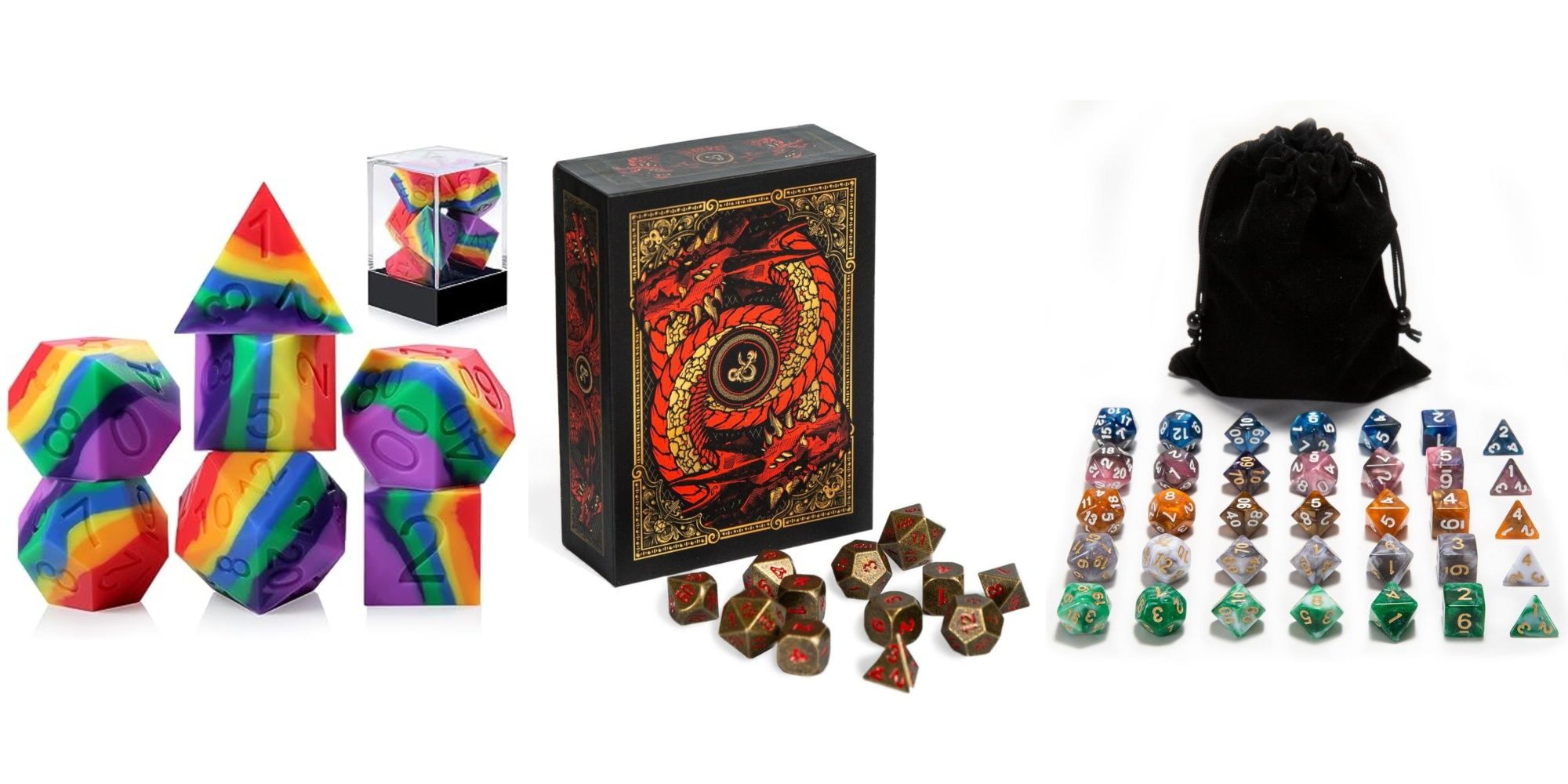
The Best D&D Dice Sets
Looking for the perfect set to get started or the most unique set to have at your table? Check out the best D&D dice sets to buy.There are a variety of writing tools available, including parchment, paper, and pens. These can be used for anything you can think of, from sending letters to sneaking notes to sketching the face of a villain who got away so that they can be identified.
7 Crowbar
A crowbar in D&D can be used for anything that a crowbar can be used for in real life. As an added bonus, they also grant the user with advantage on strength checks when it is being used to apply leverage, which makes them more powerful than you might expect, making it a fantastic tool for cracking things open.
Crowbars can be used as anything from door-opening tools to improvised weapons. They can be thrown or used in melee combat and can make for a great backup weapon in case your party needs something old-fashioned.
6 Bag Of Sand
A small bag of sand can go a long way. It can be used to handle traps that involve weight shifting, and it can be added to water to create mud for whatever purpose you may need it. Sand can also be thrown at enemies or used to reveal invisible objects.
There are so many uses for sand that just a single small bag may not even be enough. Sand can also be used to clean oil spills in case they pose a hazard to your characters, or to cover tracks in case your party is sneaking around and can't risk being caught.
5 Universal Solvent
Universal Solvent is one of the pieces of adventuring gear that has a purpose more obvious than other items. This solvent has a strong smell and a milky appearance, and it can be used to instantly dissolve one square foot of almost any material.
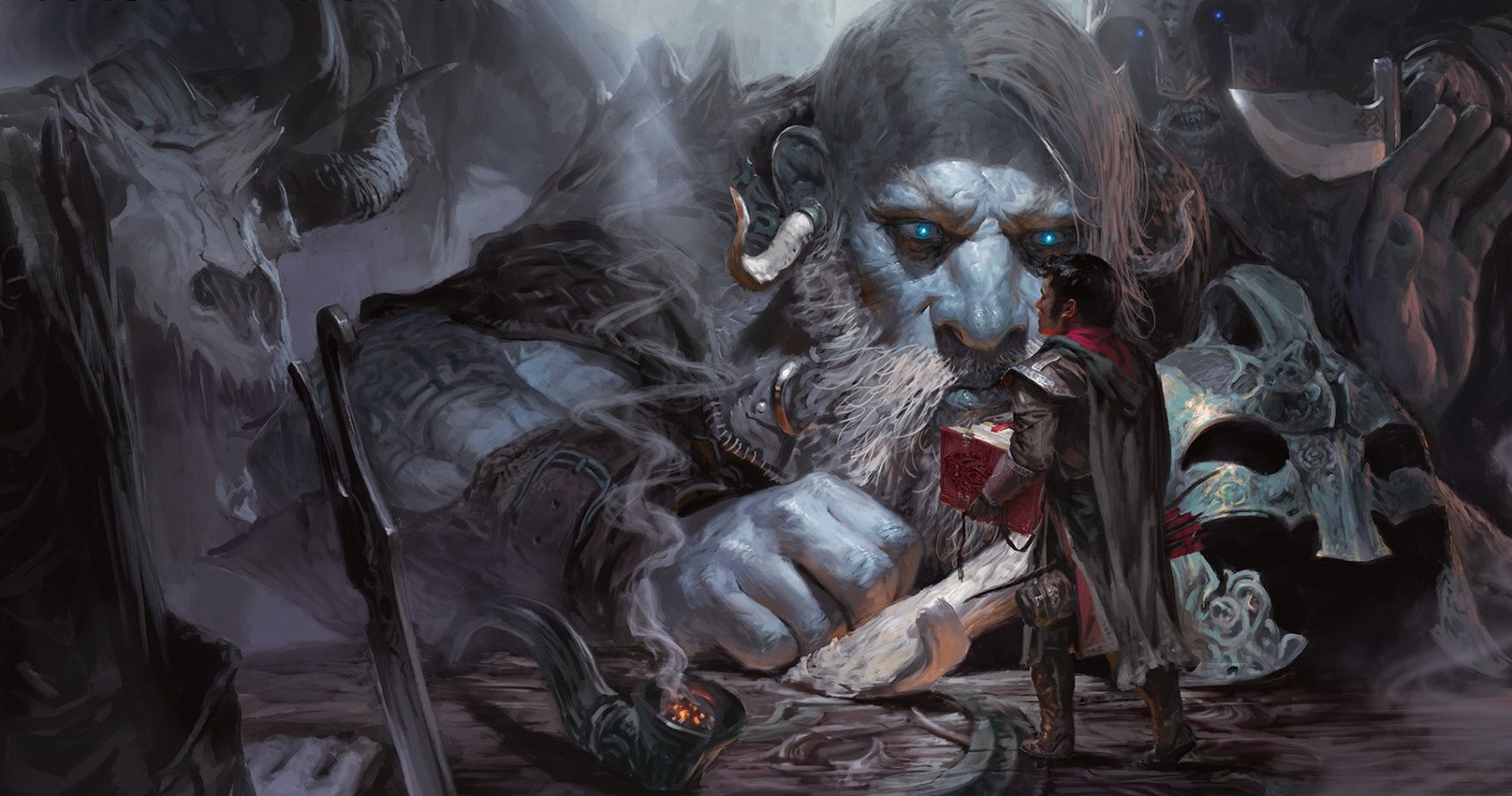
Dungeons And Dragons: 10 Most Powerful Giants, Ranked
While sort of rare, giants are a staple of worlds in Dungeons & Dragons. Here are the 10 most powerful, ranked.Essentially, this item is great for getting your characters out of all sorts of sticky situations. It can be used to dissolve a hole through a wall or the floor, or to dissolve shackles, webs, and other sorts of traps, and should be brought along on every adventure.
4 Light Sources
There are plenty of options when it comes to acquiring light sources in D&D, and they all have their own little quirks and benefits. These include torches, candles, and lamps. Torches, for example, can be burned for an hour and can also be used to attack in case the situation requires it. Candles also burn for an hour, but they light a much smaller area.
Lamps, on the other hand, burn the brightest and for the longest, and they require oil, but that shouldn't be a problem if you've prepared for the unexpected and stocked up on oil anyways.
3 Ball Bearings
These tiny metal balls come in a pouch and can be used to do lots of things while adventuring. They can be spilled across a surface to work as a trap, causing the creature passing over them to fall, but that's not all they're good for.
Ball bearings can also be tossed into uncharted corridors and suspicious areas to check for traps. They can also be dropped down vertical areas to get a feeling for how far down a tunnel goes, or used with slingshots as ammo.
2 Hunting Traps And Fishing Equipment
If your adventure involves braving the wilderness, items such as hunting traps, nets, and fishing tackles can prove to be worth their weight in gold. Even if your game doesn't involve those things, nets and traps can still prove useful.
Fishing equipment can be used to fish fallen things or treasures out of the water, and nets can be used to catch more than just wild animals, but also enemies including humanoids. The Hunting Trap also does damage to whatever gets caught in it, and keeps the creature restrained.
1 Magnifying Glass
A magnifying glass can be useful when examining small objects or details on an item, so it comes in handy during investigative portions of your adventures. Besides that, it can also be used to start fires in case your party needs that.
An added bonus of using the magnifying glass for inspection is that it grants advantage for rolls made to examine small objects, making it especially favorable for investigation. Examining these details can help understand the monetary or cultural worth of an artifact or treasure that your party may have discovered.

